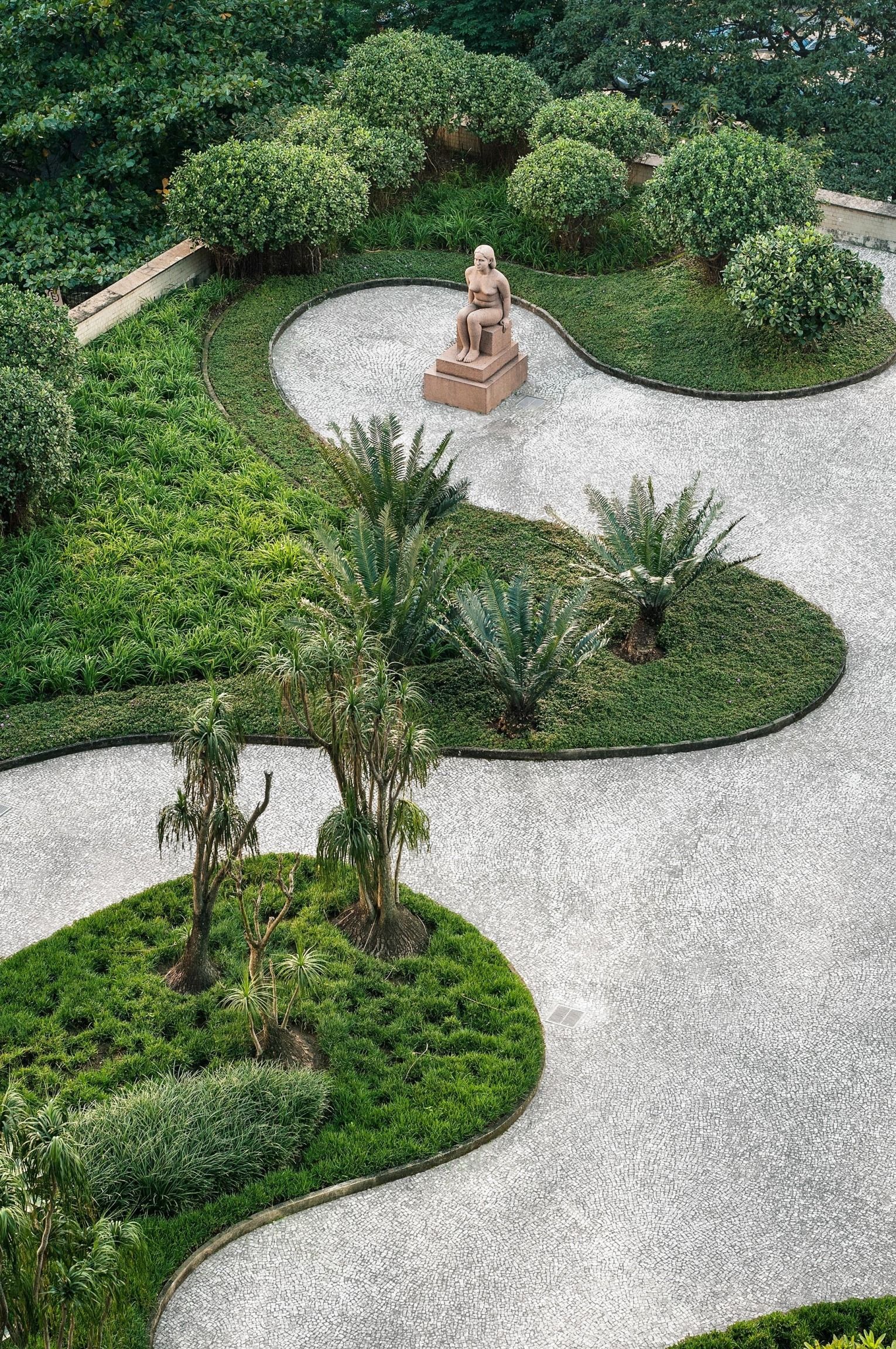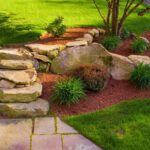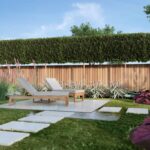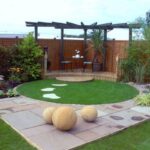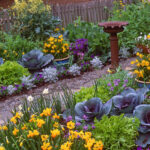Landscaping is an important aspect of creating a beautiful and functional garden. Garden landscaping involves designing and arranging outdoor spaces to achieve a balance between aesthetics and functionality. A well-designed garden not only enhances the overall appearance of a property but also provides an enjoyable space for relaxation and recreation. There are various elements to consider when it comes to garden landscaping, including the layout, plants, hardscaping features, and maintenance.
One of the key considerations in garden landscaping is the layout of the outdoor space. The layout of a garden should be carefully planned to ensure that it is both functional and visually appealing. This involves considering factors such as the size and shape of the garden, the placement of pathways and seating areas, and the arrangement of plants and other features. A well-designed layout can create a sense of harmony and balance in the garden, making it a pleasant and inviting space.
Plants play a crucial role in garden landscaping, as they add color, texture, and interest to the outdoor space. When choosing plants for a garden, it is important to consider factors such as the climate, soil conditions, and maintenance requirements. Selecting a mix of trees, shrubs, flowers, and grasses can create a diverse and visually appealing landscape. In addition, incorporating native plants can help attract wildlife and promote biodiversity in the garden.
Hardscaping features, such as pathways, patios, and water features, are essential elements of garden landscaping. These features can help define the layout of the garden, create focal points, and provide functional spaces for seating and entertaining. Hardscaping materials, such as stone, wood, or concrete, should be chosen based on their durability, aesthetics, and compatibility with the overall design of the garden. Proper installation and maintenance of hardscaping features are essential to ensure their longevity and usability.
Maintenance is another important aspect of garden landscaping. Regular upkeep, such as watering, pruning, weeding, and fertilizing, is necessary to keep a garden looking its best. Proper maintenance practices can help plants thrive, prevent the spread of pests and diseases, and ensure that hardscaping features remain in good condition. Hiring a professional landscaper or gardener can help ensure that the garden is properly cared for and maintained throughout the year.
In conclusion, garden landscaping is a complex and multifaceted process that requires careful planning, creativity, and attention to detail. By considering elements such as layout, plants, hardscaping features, and maintenance, homeowners can create a beautiful and functional outdoor space that enhances the overall appearance of their property. Whether it’s a small backyard garden or a large estate, investing time and effort into garden landscaping can result in a space that brings joy, relaxation, and beauty to its owners and visitors alike.
